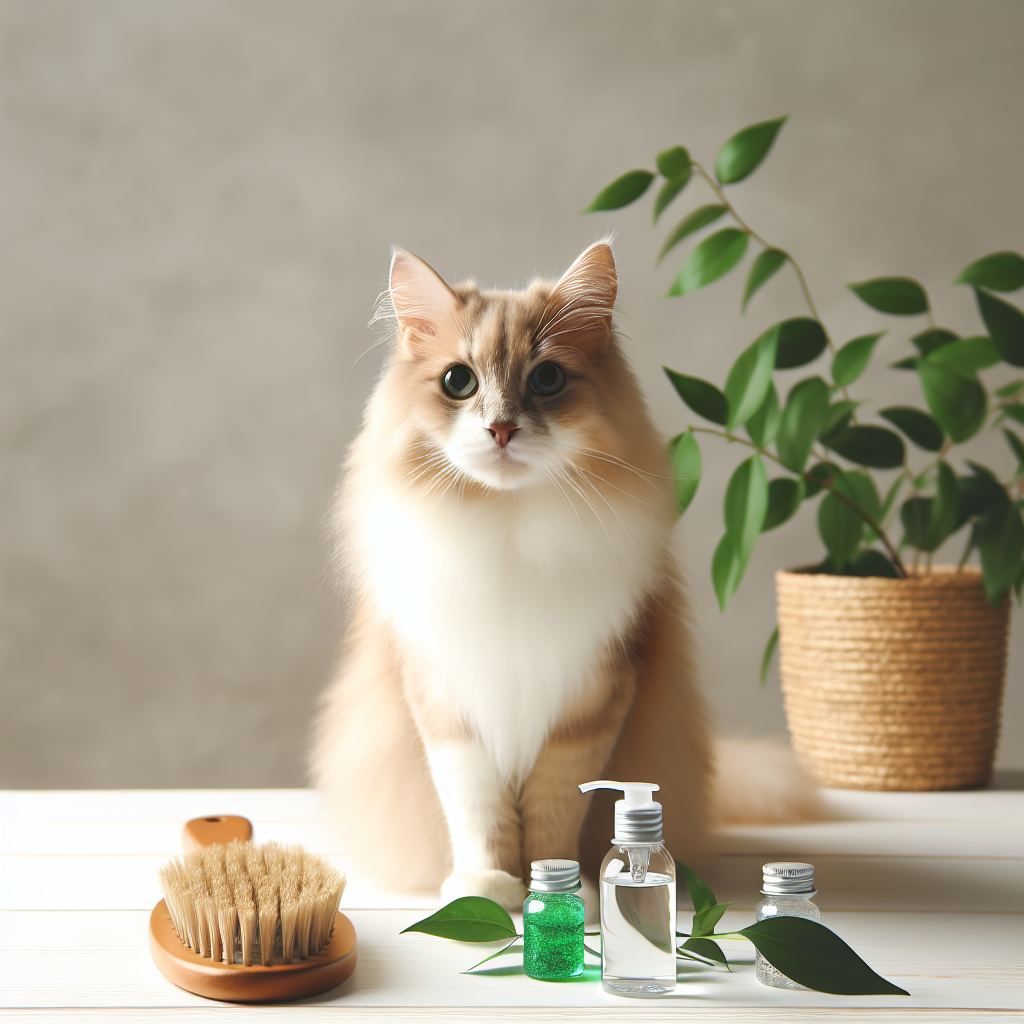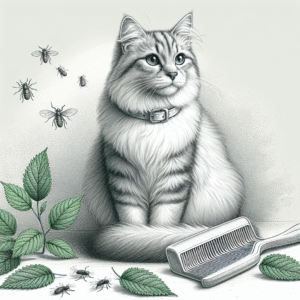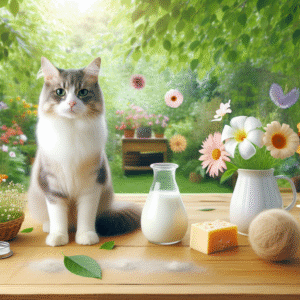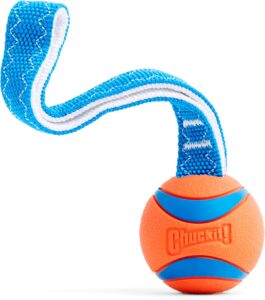
Introduction
Cats are known for their fastidious grooming habits, often spending a significant portion of their day cleaning themselves. While this behavior keeps their coats clean and shiny, it also leads to a common feline issue — hairballs. Hairballs, or trichobezoars, form when cats ingest loose hair while grooming, which then accumulates in their stomach. Although occasional hairballs are normal, frequent occurrences can cause discomfort and potential health problems. This article will explore effective hairball remedies for cats, offering top solutions to help your feline friend lead a healthier life.
Understanding Hairballs in Cats
Hairballs are clumps of fur that cats ingest while grooming. Most of the ingested hair passes through the digestive system without issues, but some can remain in the stomach, forming a hairball. Cats usually expel hairballs by vomiting. While this is a common feline behavior, frequent hairballs may indicate an underlying issue such as excessive grooming or digestive problems. Recognizing the signs and understanding the causes of hairballs can help in managing and reducing their occurrence.
Signs of Hairballs in Cats
Common signs of hairballs include retching, gagging, or vomiting, especially if a cat is trying to expel the hairball. Other symptoms might include a lack of appetite, lethargy, constipation, or diarrhea. If your cat exhibits persistent symptoms or seems to be in distress, it is essential to consult a veterinarian to rule out any serious health concerns.
Causes of Hairballs
Hairballs are primarily caused by a cat’s grooming habits. Long-haired breeds, such as Persians and Maine Coons, are more prone to hairballs due to their thick coats. Cats can also develop hairballs from excessive grooming, which may occur due to skin conditions, stress, or boredom. Additionally, poor diet and digestive health can contribute to the development of hairballs.
Top Solutions for Managing Hairballs
While hairballs are a natural consequence of grooming, several solutions can help manage and reduce their occurrence. From dietary adjustments to grooming practices, these remedies can improve your cat’s overall health and comfort.
1. Regular Grooming
One of the most effective ways to reduce hairballs is regular grooming. Brushing your cat’s coat helps remove loose hairs before they can be ingested. For long-haired breeds, daily brushing is recommended, while short-haired cats can benefit from weekly grooming sessions. Regular grooming not only minimizes hairballs but also strengthens the bond between you and your cat.
2. Specialized Hairball Control Diets
Many cat food brands offer specialized formulas designed to reduce hairballs. These diets typically contain higher fiber content, which aids in moving hair through the digestive tract. Some formulations also include omega fatty acids to promote a healthy coat and reduce shedding. Consult your veterinarian to choose the best hairball control diet for your cat’s specific needs.
3. Fiber Supplements
Adding fiber supplements to your cat’s diet can help manage hairballs. Fiber supports healthy digestion and assists in the passage of hair through the gastrointestinal tract. Products like psyllium husk or canned pumpkin are popular choices. Always introduce supplements gradually and consult your veterinarian to ensure they are appropriate for your cat.
4. Hairball Remedies and Lubricants
Hairball remedies, often available in the form of gels or pastes, help lubricate the digestive tract, making it easier for hair to pass through. These products usually contain ingredients like petroleum jelly, mineral oil, or natural oils, which coat the hair and facilitate its movement. Regular use of hairball remedies can significantly reduce the frequency of hairballs.
5. Encourage Hydration
Ensuring your cat is well-hydrated can improve digestion and help prevent hairballs. Provide fresh water daily and consider using a pet water fountain to encourage drinking. Wet cat food can also contribute to your cat’s overall hydration.
6. Environmental Enrichment
Cats may over-groom due to stress, anxiety, or boredom. Providing a stimulating environment can help reduce excessive grooming behavior. Offer interactive toys, scratching posts, and opportunities for play and exploration. This not only keeps your cat mentally and physically active but also reduces the likelihood of hairballs caused by over-grooming.
When to See a Veterinarian
While occasional hairballs are normal, frequent or severe symptoms warrant a visit to the veterinarian. Persistent vomiting, loss of appetite, or signs of distress could indicate a more serious condition such as gastrointestinal obstruction. Your veterinarian can conduct a thorough examination, perform diagnostic tests, and recommend appropriate treatments to address any underlying health issues.
Conclusion
Hairballs are a natural part of a cat’s life, but they can be managed effectively with the right approach. Regular grooming, dietary adjustments, and environmental enrichment play crucial roles in reducing hairball formation. By understanding the causes and implementing these top solutions, you can help your cat lead a healthier, more comfortable life. If you have concerns about your cat’s health or if hairballs become a persistent problem, consult your veterinarian for further guidance and support.
Additional Tips
Monitor Your Cat’s Shedding
Pay attention to your cat’s shedding patterns. Seasonal changes can lead to increased shedding, which may result in more frequent hairballs. Adjust your grooming routine accordingly to manage the excess fur.
Introduce Grooming Gradually
If your cat is not accustomed to regular grooming, introduce it gradually to avoid causing stress. Use positive reinforcement, such as treats or praise, to make grooming a positive experience.
Check for Allergies or Skin Conditions
If your cat is grooming excessively, it may be due to allergies or skin conditions. Consult your veterinarian to identify any underlying issues and determine the best course of treatment.
Patience and Consistency
Managing hairballs takes time and consistency. Be patient with your cat and maintain regular grooming and dietary practices to achieve the best results.
By implementing these effective hairball remedies, you can significantly improve your cat’s quality of life while reducing the occurrence of hairballs. Remember, a healthy, happy cat is a well-groomed and well-cared-for cat.
#ChatGPT assisted in the creation of this article.








